Any movement of human collectivity has its own genesis, growth and change in the course of history. Ethnic movement is no exception to this logic. Dravidian movement has taken different forms by adopting varying strategies to achieve its own objectives and met several changes in the course of fifty years. On certain aspects changes are obvious and external in nature which have been perceived differently by the members of the movement and outsiders depending on their point of departure. But academics, who have been constantly watching and analysing the behaviour of the Dravidian movement, have started reviewing the stand taken by the ethnic political parties in Indian politics from the backdrop of the established theories on ethnicity. It seems that the Dravidian movement has moved from the point of dissimilation to assimilation in the mainstream. More specifically the concept of province building has gained currency in lieu of regionalism or sub-nationalism. Yet the question, has the Dravidian movement achieved its objectives through its political parties in the past five decades remains unanswered. This work tries to give answer to this question at a limited extent apart from giving overall picture about the ethnopolitics of this region. The analysis of the issues of the Dravidian movement has indicated the failures of the existing theoretical models to explain the reality and the course of action and hence it strongly advocates a new model and for which this exercise. It is the beginning of the exercise of evolving a suitable model to explain the dynamics of the transformation in the Dravidian movement.

Ethnic Movement In Transition: Indeology And Culture In A Changing Society
In stock
Free & Quick Delivery Worldwide
reviews
Bibliographic information
Title
Ethnic Movement In Transition: Indeology And Culture In A Changing Society
Author
Edition
1st ed.
Publisher
ISBN
8173912475
Length
xv+232p., Tables; Bibliography; Index; 22cm.
Subjects

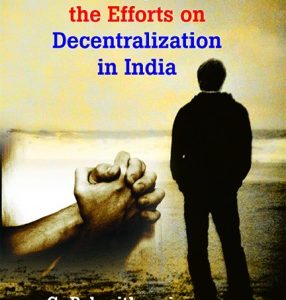
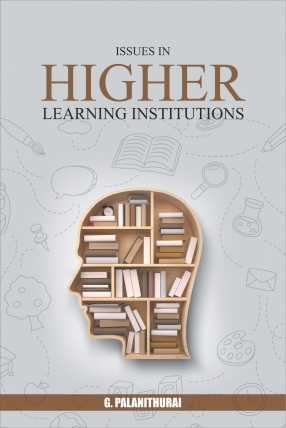
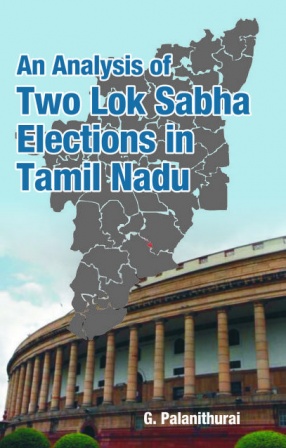
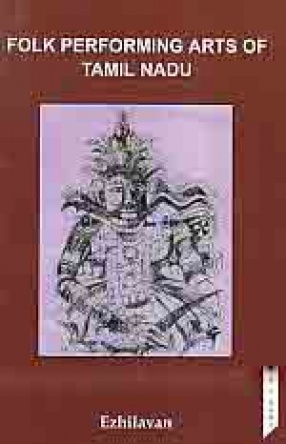

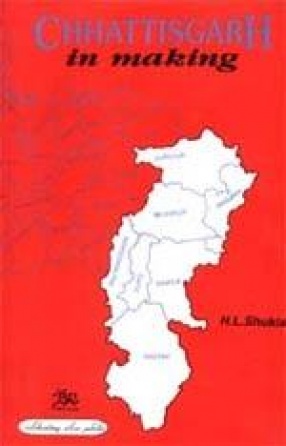
There are no reviews yet.